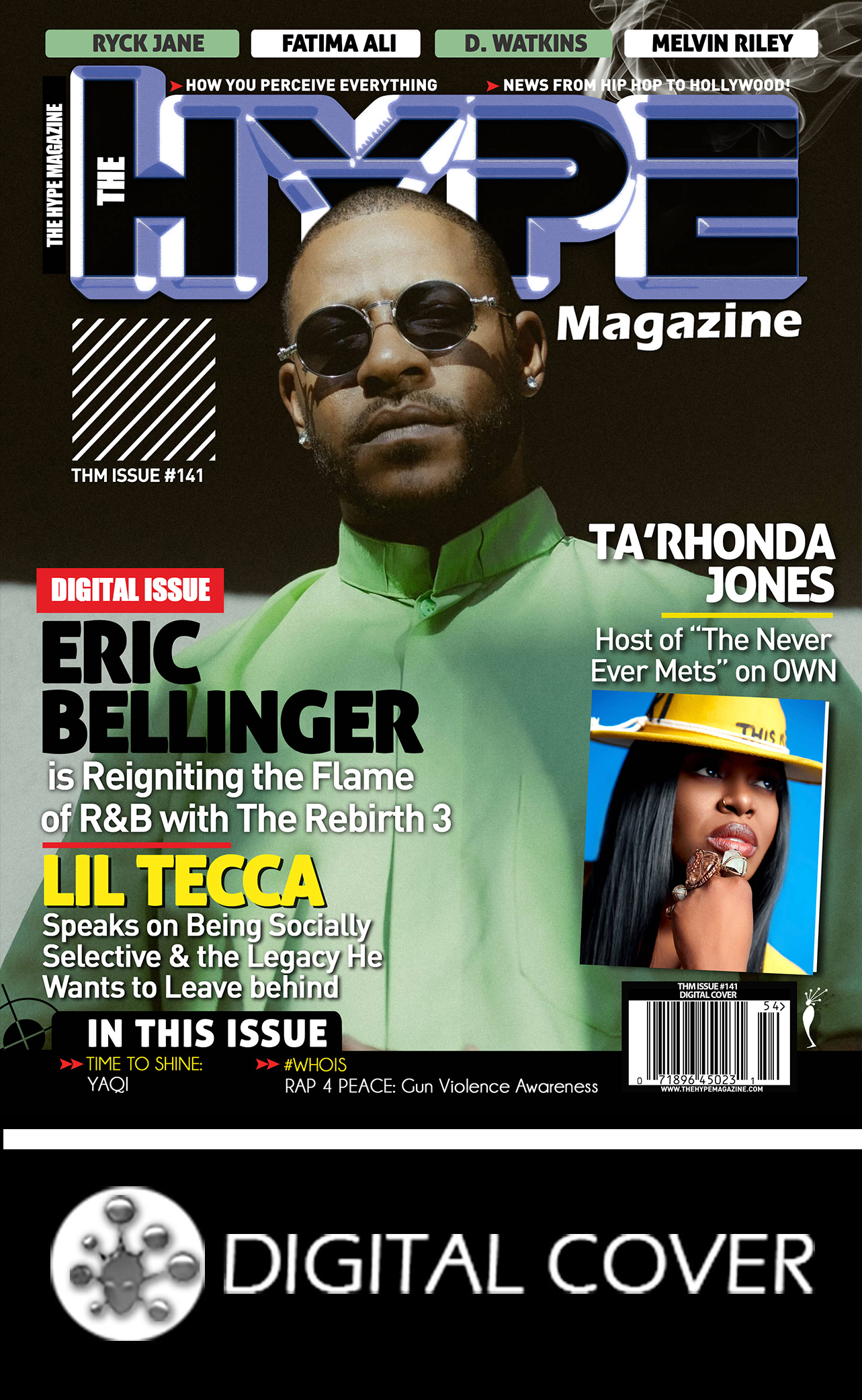Navigating the World of NFT Marketplaces
The emergence of Non-Fungible Tokens (NFTs) in recent years has rattled the digital art and collectibles world. These popular unique digital assets represent the ownership of a specific item or piece of content. This has created a growing ecosystem of the NFT marketplace, redefining art and ownership and creating new economic models and opportunities for artists, creators, and collectors.
An NFT is a digital asset representing real-world objects like art, music, game items, and videos. It is bought and sold online, frequently with cryptocurrency. NFTs are unique or ‘non-fungible’ which is unlike traditional cryptocurrencies, which are exchangeable and identical to each other (hence ‘fungible’).
The surge in NFT popularity can be attributed to several factors. At the core, NFTs provide a way to claim ownership of unique digital items through blockchain technology. Blockchain technology ensures authenticity and prevents duplication. This aspect has been particularly appealing in art, where digital representation and ownership were previously murky concepts.
As a result, marketplaces dedicated to buying and selling NFTs have emerged. Platforms like OpenSea, Rarible, and Foundation have become popular among those looking to deal in NFTs. These marketplaces provide tools for users to create, list, sell, and exchange NFTs. The result is that they have fueled a thriving digital economy.
The functionality of these platforms varies. For example, OpenSea offers a variety of NFTs, from digital art and virtual real estate to collectible sports cards and virtual pets. In contrast, platforms like Foundation focus more on high-end digital art, offering a space for artists and collectors interested in exclusive, limited-edition works.
One of the distinguishing features of NFT marketplaces is their integration of blockchain technology. This supports the creation and trade of NFTs and ensures the transparency and security of transactions. Each transaction on a blockchain is recorded on a block, and multiple copies of this ledger are distributed across the network. The benefit is that fraud becomes extremely difficult.
Despite their numerous benefits, NFT marketplaces have challenges. Issues such as high transaction fees, environmental concerns due to the energy consumption of blockchain networks, and the potential for market saturation are ongoing discussions within the community.
Moreover, the question of copyright and ownership in the digital world continues to pose legal challenges. As NFTs represent digital content ownership, the lines between owning the token and owning the underlying copyrighted material can blur. This has led to complex legal considerations and debates among creators, collectors, and legal experts.
Despite this, the future of NFT marketplaces looks promising. As the market matures, more standardized practices will likely emerge, addressing current concerns like copyright issues, environmental impact, and market stability. Additionally, there’s potential for deeper integration with other industries, including gaming, where NFTs might help artists gain more control over their work and earnings.
Ultimately, NFT marketplaces are more than just a passing trend. They represent a significant shift in how art and ownership are conceived in the digital age. As this space continues to evolve, it will bring more opportunities—and challenges—for artists, innovators, and entrepreneurs. The journey of NFTs is just beginning. Where it unfolds has yet to be determined. However, its direction will undoubtedly influence various industries and practices.
Tweet




































